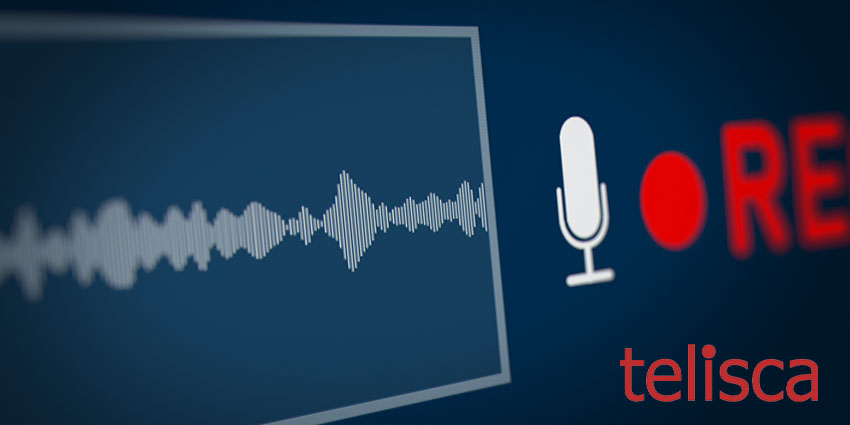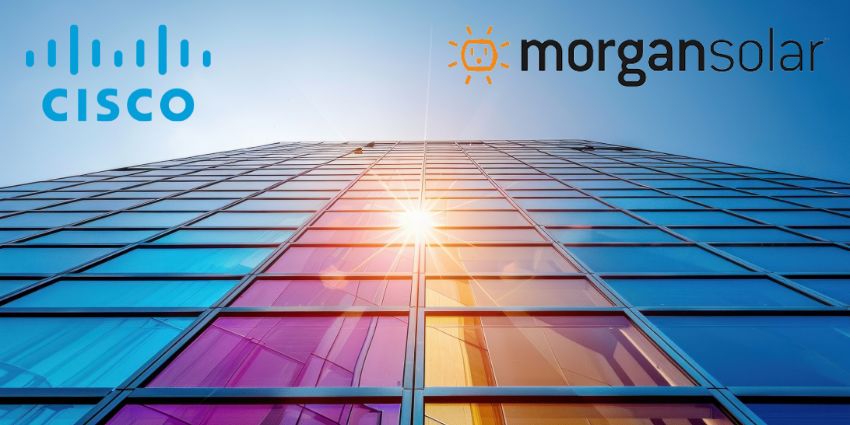Not that long ago, data was said to be the new currency.
Information around call volume, call duration and call frequency was deployed to great effect to help organisations manage the tech-driven boom in customer engagement.
Today – with the world’s data being generated by the zettabyte every single second – a new currency exists: insight.
After all, what’s the use of all that data if it isn’t being analysed, interpreted and leveraged in ways which realise its true value?
It’s why call recording is now so important.
No recording = no data = no insight.
And if there’s no insight…well, there’s really not much at all.
“It’s about three things: improving staff performance, increasing customer satisfaction, and meeting statutory obligations – probably the three most important things a business must do,” says Ben Djamaluddin, business development head at UK-based Microsoft and Cisco app innovator telisca.
“We are all very used to having our conversations recorded nowadays; it’s a familiar automated message we hear when we call the organisations we deal with.
“Also, the boom in Microsoft Teams usage, and the easy way in which calls and meetings on the platform are often recorded and shared, has normalised the concept.
“It’s playing those recordings back and analysing the content which is enabling the smarter enterprises to convert insight into positive, transformational change.”
telisca’s clever and affordable white-label solution for Cisco users is compatible with Microsoft Teams too – recording voice, video and desktop sharing, either selectively via customisable configuration settings or routinely as an across-the board policy.
Managers are able to easily access and configure the solution 24/7 on any connected device and notes can be quickly added alongside recordings to add context and support later interpretation.
Fast and simple playback functionality enables managers to monitor agent performance in near real-time, validate call content and react fast to any consequences of a sub-standard customer interaction, such as a complaint or an inaccurate negative social media post.
In turn, trends within call content – such as frequently asked questions – can be identified and acted upon in ways which improve the customer experience and reduce call flows.
Long-term, that makes for more efficient resource planning and, ultimately, costs savings and a demonstrable return on investment.
The solution also satisfies legislation relating to the statutory requirement of some organisations to record and preserve call content for non-operational reasons.
“The prevalence of remote and home working means that call centre agents are not necessarily together in a physical location and supervisors no longer benefit from being in the room and hearing calls as they occur,” says Djamaluddin.
“The ability to listen back to calls is therefore critical.
“Only with that insight can an organisation make informed judgements around performance and service and make the kind of changes to their processes which drive continued improvement and, ultimately, sales and growth”
For resellers then, it’s a relatively easy pitch.
In short, an enterprise stands or falls on the quality of its customer interactions.
Getting those right should trump pretty much everything.
Find out more about how telisca’s call recording solution can help you and your customers succeed by visiting telisca.







